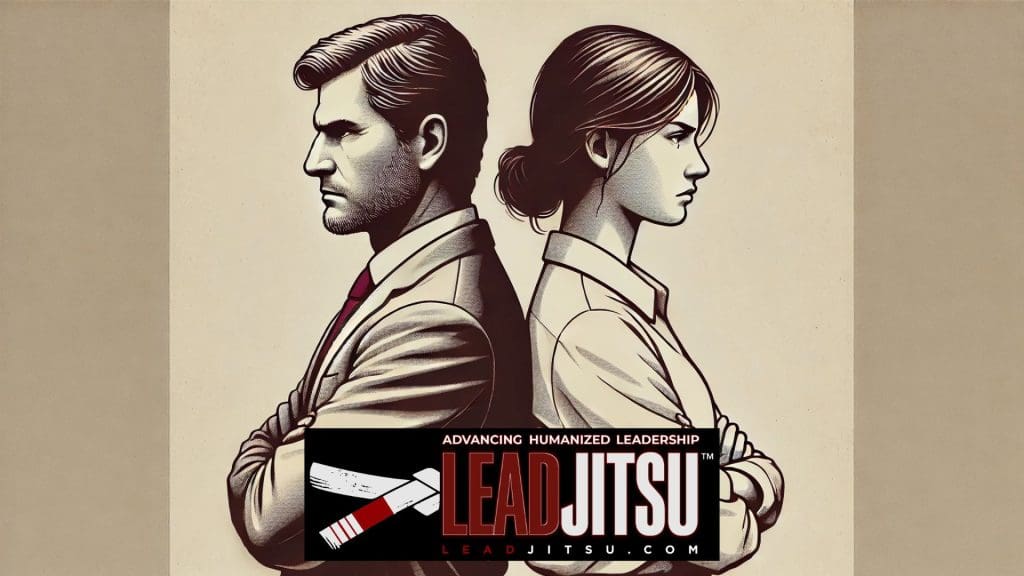And No, We’re Not Discussing Politics

In our current political cycle, we’re witnessing two distinct tones or styles of communication that are capturing the public’s attention. While this might seem like a conversation about politics, it’s actually an exploration of leadership. The way leaders communicate, engage with others, and project their vision can significantly influence the culture of their organizations and the morale of their teams. By examining these contrasting styles, we can gain valuable insights into effective leadership—no matter where you stand on the political spectrum.
The Two Styles:
The Combative Leader: This style is characterized by aggressive communication and a confrontational approach. The combative leader thrives on intensity, bold declarations, and a willingness to challenge anyone who stands in their way. They project strength and decisiveness, often positioning themselves as the unyielding force within their organization. While this approach can rally supporters and drive quick decisions, it can also create division, fear, and a toxic work environment if not carefully managed.
The Empathetic Leader: In contrast, the empathetic leader emphasizes understanding, connection, and collaboration. This style is characterized by active listening, inclusive language, and a focus on building consensus. Empathetic leaders are assertive but not aggressive—they know how to communicate their needs and expectations clearly while remaining sensitive to the feelings and perspectives of others. This approach fosters loyalty, trust, and a positive workplace culture. However, without clear direction and firm decision-making, it may be perceived as indecisive or overly accommodating.
The Leadership Lesson: These contrasting styles offer a valuable lesson for leaders in any field: The most effective leadership often lies in finding the right balance. It’s the mission of all those practicing humanized leadership.
A leader who is too combative may achieve results but at the expense of team cohesion and morale. On the other hand, a leader who leans too heavily on empathy without assertiveness may struggle to make tough decisions and drive the organization forward.
Finding the Balance: Successful leaders know how to blend assertiveness with empathy, creating a leadership style that is both strong and supportive. They understand when to take a firm stand, when to listen, when to push for results, and when to nurture their team. By embracing the strengths of both styles—without tipping into aggression or passivity—leaders can create a dynamic and resilient organization capable of navigating challenges and seizing opportunities.
Today, leadership is more complex than ever. By reflecting on the tones and styles we see in the political space—without getting caught up in the politics itself—we can gain valuable insights into our own leadership approach. The key is not to choose one style over the other but to develop the flexibility and wisdom to use the right style at the right time.
How do you balance assertiveness and empathy in your leadership style?
Let’s explore how we can all become more adaptable and effective leaders, regardless of the political climate.


